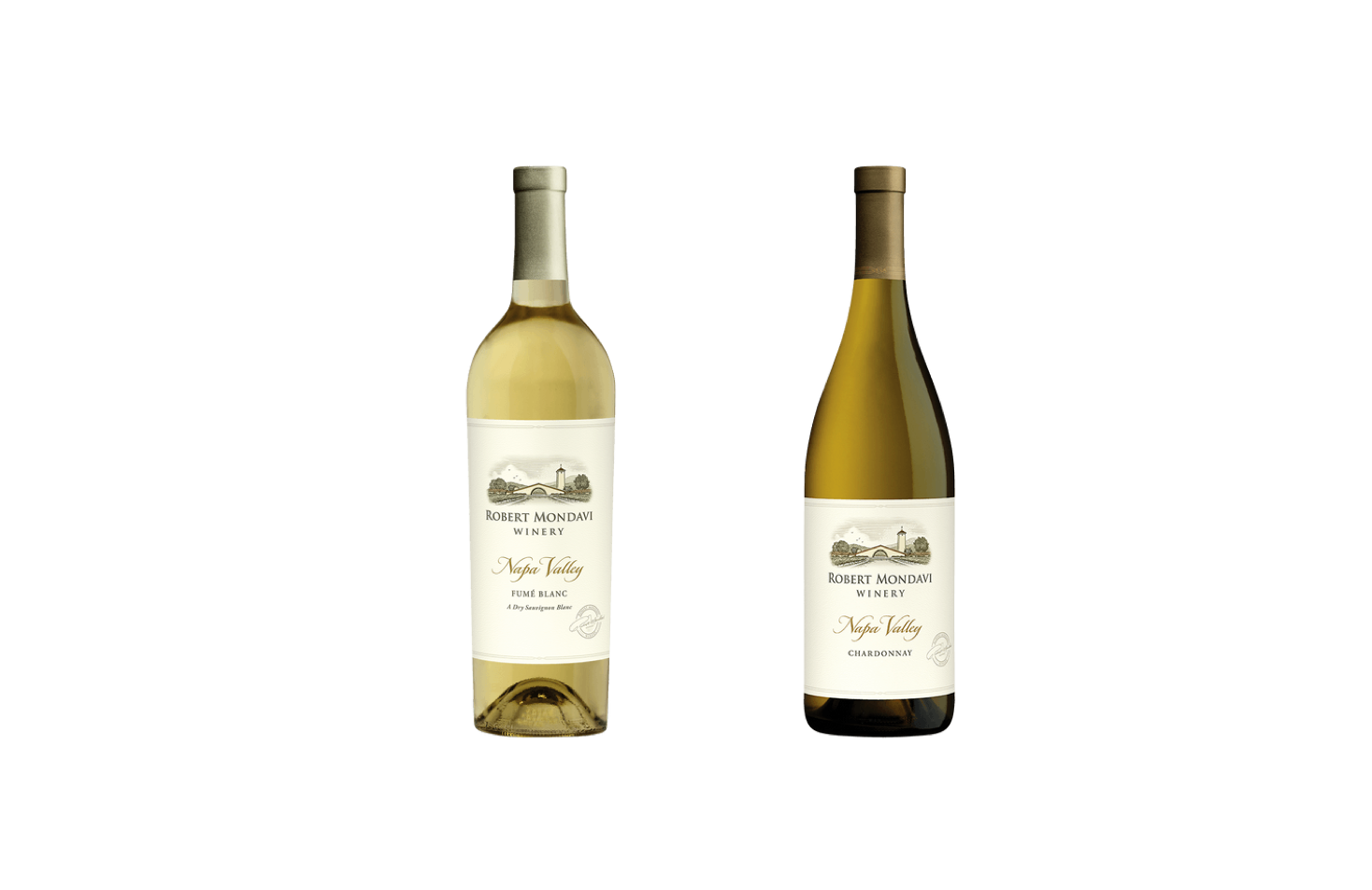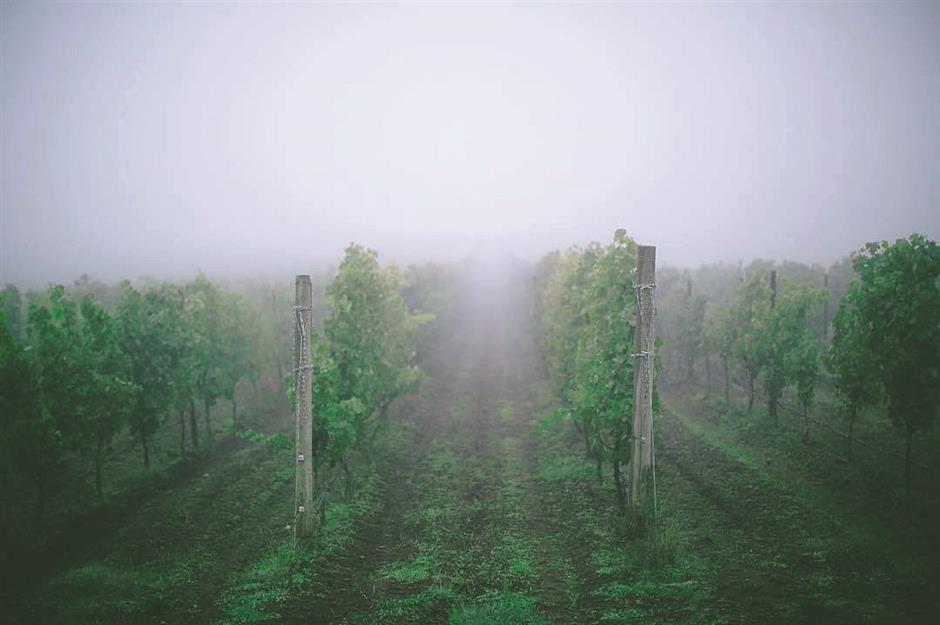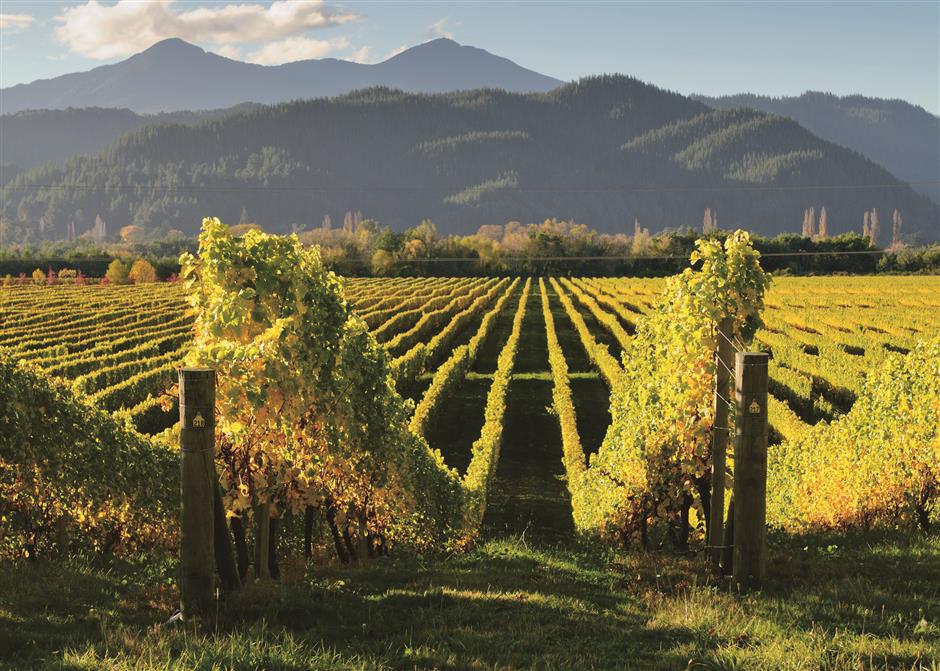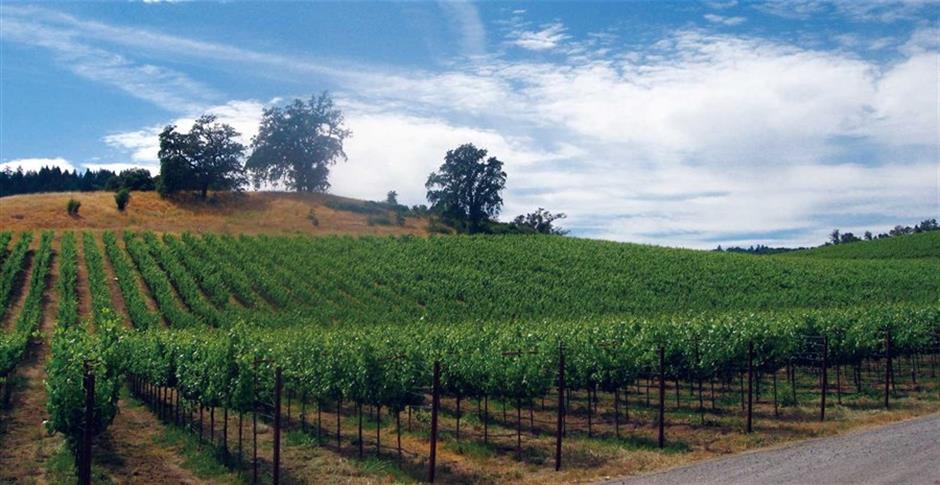About an hour drive out of San Francisco is one of the world’s premier wine regions. Napa Valley is arguably the best wine region in the U.S. making a wide range of high quality white, red and sparkling wines. The region features a majestic landscape with rolling hills and mountains warmed by intense sunlight but importantly cooled by the moist evening breezes flowing in from the Pacific Ocean. Last week I had the delicious privilege to visit Napa Valley and taste some truly memorable wines.
Pioneer wineries
Several wineries have played important roles in the evolution of Napa Valley from an Indian reserve to premier wine region. Names like Stag’s Leap Wine Cellars, Kendell Jackson, Jospeh Phelps, Cardinale and other and others jump to mind but two names that truly stand out from the crowd of big name Napa producers are Beringer Vineyards and Robert Mondavi Winery. Without the pioneering roles of these two wineries Napa Valley would almost certainly not have reached the illustrious reputation it enjoys today. Most important, these two historic wineries still make some of Napa Valley’s and the world’s best wines.
Beringer Vineyards
Jacob Beringer arrived in the U.S. from Mainz, Germany in 1860. He enticed his brother to join him and in 1876 the brothers established Beringer Vineyards. Jacob had experience working in the wine cellars of the Rhine Valley and with his brother started to cultivate the volcanic rocky, well-drained soils of his new estate. Today Beringer Vineyards is the oldest continuous operating winery in Napa Valley making a wide range of wines from affordable every day wines to super premium collector wines. Another impressive aspect about this property is the Victorian mansion called the Rhine House that was completed in 1884. With a few Chinese friends we conducted our tasting of Beringer wines in the 17 room mansion which still features the beautiful originally-installed stained-glass windows.
In the resplendent beauty of our Rhine House room with natural light gracefully permeating the stained-glass windows we tasted some of Beringer’s best wines including a stylish Sauvignon Blanc and limited edition Chardonnay as well as a terrific Nightingale Semillon Sauvignon noble rot sweet white wine. This sweet wine is one of the very few botrytis or noble rot wines made in Napa Valley. But the most impressive wines we tasted were three different vintages of their acclaimed Private Reserve Napa Valley Cabernet Sauvignon red wines. Starting with a 1991 Private Reserve that showed its maturity with a brick red color but also had plenty of stewed fruit and supple tannins we moved on to a terrific 1996 Private reserve that was more muscular with fresher fruit and stimulating palate coating tannins. Finally we tasted the great 2007 vintage of the same wine which featured abundant concentrated black fruit flavors and strong yet still remarkably soft tannins. The elegant maturity of the 1991 wine made it my favorite thought the terrific 2007 wine will eventually be the best of the bunch as it sheds its tannins and develops more complexity. This trio of reds was among the very best wines I tasted on my Napa journey.
Robert Mondavi Winery
After a somewhat contentious breaking with his older brother who headed the Charles Krug Winery, in 1966 Robert Mondavi at the age of 53 founded the apply named Robert Mondavi Winery. And as we are fond of saying in English, “the rest is history”. Perhaps more than any other individual Robert Mondavi helped bring modern Napa Valley wines to prominence. His commitment to quality and charismatic personality made him the greatest U.S. wine ambassador of his era. When he passed away in 2008 at the ripe old age of 94 the wine world lost one of its true giants.
My father started collecting Mondavi wines in the great 1974 vintage and despite having a predominantly Bordeaux and Burgundy collection my dad firmly believed his Mondavi Reserve wines were some of the best wines of his collection and among the great wines of the world. My tasting at Mondavi Estate last week resoundingly reaffirmed my father’s long held belief. I started with a 2010 Napa Valley Fume Blanc and then tasted a 2010 Napa Valley Chardonnay. The Fume Blanc was a balanced wine with good freshness and mouthfeel while the Chardonnay not surprisingly exhibited more concentration, fruit and complexity balanced by a nice acidic backbone. Both were elegant, food-friendly wines that had none of the over-oaked and heavy characteristics that are apparent in many top Napa whites.
Our red wine tasting started with the beautifully fragrant medium weight, stylish 2010 PNX Carneros Pinot Noir. This limited edition wine beautifully showcased the elegant wines that can be made from the cool climate of Carneros near the ocean. The 2009 Stag’s Leap District Cabernet Sauvignon was another remarkable wine combining power and style. Then came the wine so beloved by my father, the Robert Mondavi Cabernet Sauvignon Reserve. From a production peak of 30,000 cases, today only 7,000 cases of this iconic wine are now made. Smaller quantity means more meticulous selection of the best fruit and results in better wines. I was fortunate to taste two vintages a decade apart, the 1998 and 2008 wines. Again the positive effects of aging led me to prefer the greater subtly and complexity of the 1998, but the 2008 will surely be the superior wine when it matures. Like most wineries around the world, Robert Mondavi has experienced some ups and downs but my recent tasting confirmed that the winery is definitely back on top.
Great Napa dishes
The best of Napa wines demands some great Napa cooking. In parallel to the development of a first class wine culture, Napa Valley has developed quite an impressive culinary scene. In keeping with the dictates of what is called “The New American Cuisine” almost all the ingredients are organic and locally sourced. Leading this new culinary tradition is the CIA, no not the spy agency but rather the New York headquartered Culinary Institute of America that also has a large and beautiful branch school in Napa Valley.
In Napa Valley Cabernet Sauvignon is king making big and structured red wines that benefit from a substantial meat dish. The dense and flavorful meat of a Confit Sonoma Duck Leg is a perfect partner as is a well-marbled, dry-aged U.S. Prime Rib Eye steak. In both cases the ample tannins of the Cabernet Sauvignon wine makes the meat and fat in these dishes more savory and digestible while the elegant dark fruit flavors of the wine act as the only sauce needed to embellish the flavors of the meat. Forget about grilled chicken breasts and lean pork tenderloins, these big boy reds need hearty meat dishes with plenty of flavors





